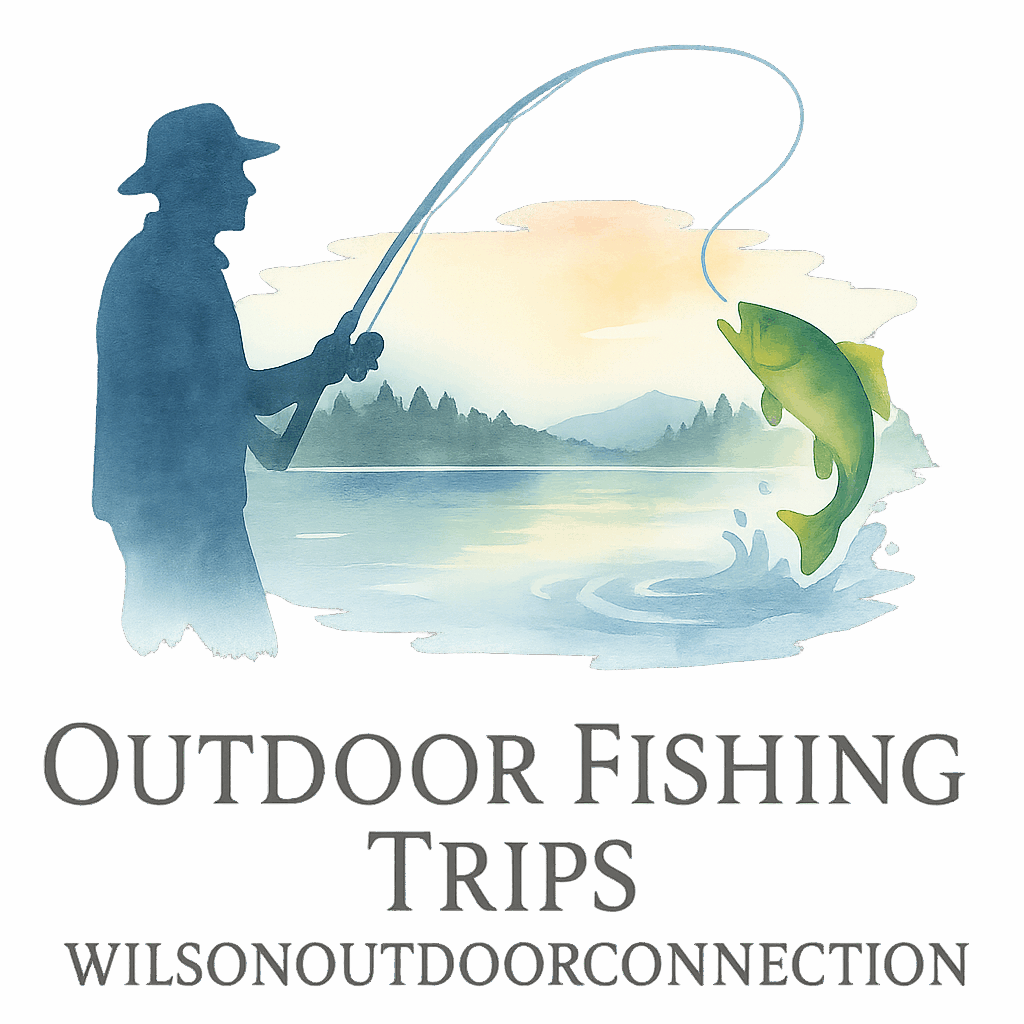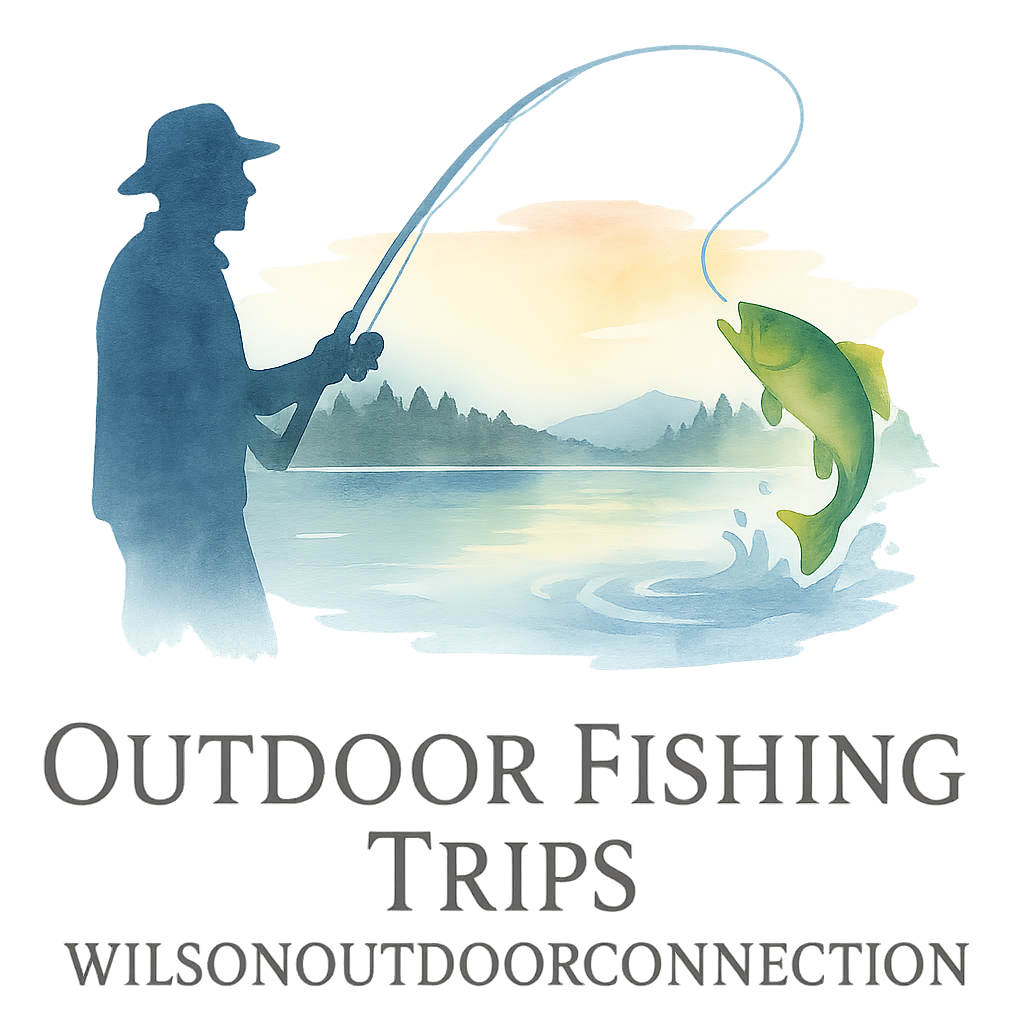Ever spent your whole day out on the lake casting your heart out, only to miss the perfect spot by just a few inches—over and over again? Yeah, we’ve all been there. That’s where casting accuracy becomes the secret weapon for anglers of all levels. Whether you’re a seasoned pro or a total beginner, improving your casting accuracy can seriously change the game. In this guide, we’re diving into six practical, actionable ways to sharpen your skills and reel in more success on your next fishing trip.
Why Casting Accuracy Matters More Than You Think
Think of it like archery—would you be satisfied hitting near the bullseye? Probably not. In fishing, casting accuracy is the bullseye. Better accuracy means:
- Hitting the strike zone without spooking fish
- Getting your bait to tricky spots under cover or around structure
- Wasting less time recasting and adjusting
The more accurate your casts, the more efficient—and enjoyable—your trips become. Whether you’re exploring new fishing destinations and lakes or returning to your favorite pond, accuracy keeps the action going.
The Basics: What Is Casting Accuracy?
At its core, casting accuracy means placing your lure or bait exactly where you want it to go, without overshooting, spooking fish, or missing cover. It’s especially crucial when casting near structures like logs, rocks, or vegetation where fish love to hang out.
Common Causes of Inaccurate Casts
- Using the wrong gear
- Poor timing or rhythm
- Wind and weather interference
- Lack of practice or technique
Types of Casting Techniques
- Overhead cast
- Sidearm cast
- Pitching
- Flipping
- Roll casting
Each has its place, and mastering more than one gives you a toolbox of options for any situation.
1. Choose the Right Fishing Gear for Accuracy
Your gear can make or break your casting. Think of it like using a chef’s knife to cut vegetables—using the wrong one is frustrating and ineffective.
The Role of Rod and Reel Combos
Getting the perfect rod-reel combo is key for accurate casting. Look for gear that fits your casting style, strength, and target species.
How Rod Length Affects Casting
- Shorter rods (6’–6’6”) = More control, less distance
- Longer rods (7’–8’) = More distance, slightly less precision
Reel Types and Casting Control
- Spinning reels: Great for light lures and windy days
- Baitcasters: More control and accuracy, but require practice
Explore fishing gear essentials to match the right rod and reel to your needs.
Use Quality Fishing Line
A cheap, stiff line can throw off your aim big time. Go for smooth, memory-resistant lines like fluorocarbon or braided for more control. Keep line maintenance in mind, too—frayed line equals poor casts.
2. Practice Your Casting Technique Regularly
Want to be better? Practice like you’re playing a sport. You wouldn’t expect to be great at basketball without shooting hoops, right?
The Overhead Cast
Best for long, straight casts. Great for open areas.
Sidearm Cast
Ideal for casting under branches or docks.
Pitching and Flipping for Precision
These short-distance techniques are perfect for close-up accuracy. Pitching lets you softly drop the bait right into tight cover—no splash, no scare.
Make a casting checklist and practice different styles in various settings.
3. Master the Timing and Rhythm of Your Cast
Casting is like dancing—it’s all about the rhythm. Too fast, and you overshoot. Too slow, and you undershoot or tangle.
Load and Release Timing
Your rod stores energy as you load it. Release at just the right time (usually at about the 11 o’clock mark) for accurate launches.
Smooth Motion vs Jerky Action
A fluid, one-motion cast reduces backlash and increases control. Think of it like a golf swing—controlled, consistent, and calm.

4. Adjust for Wind and Environmental Factors
Fishing outdoors means dealing with nature. Wind, rain, sun glare—they all play a part.
How Wind Affects Your Cast
Headwinds shorten your cast; tailwinds carry it too far. Side winds can drift your line off course. Use heavier lures and stronger rods to stabilize in windy conditions.
Adjusting Cast Angle and Power
If you’re casting into the wind, lower your rod angle to reduce drag. In calm weather, a high, soft cast works best.
Fishing in windy lakes? Don’t forget to check our tips on fishing techniques that tackle tough conditions.
5. Use Target Practice to Sharpen Your Aim
No shame in grabbing a few plastic buckets and practicing in your backyard. It works!
Land-Based Target Practice
Set up hula hoops or plates on the grass. Try hitting the center from varying distances and angles.
Floating Targets on Water
Get a floating ring or foam target and place it in a pond. This simulates real fishing conditions better than dry land.
Combine this with fishing trip planning for your next adventure and see how much sharper you’ve become.
6. Learn From Pros and Track Your Progress
You don’t need to reinvent the wheel. The best anglers have spent decades fine-tuning their craft—why not learn from them?
Watch Expert Anglers in Action
YouTube is full of awesome guides. Pay close attention to their hand placement, body movement, and release timing.
Use a Journal or App to Track Accuracy
Write down what worked and what didn’t. Use apps to measure distance and precision. Before long, you’ll see patterns and progress.
Explore curated guides from experts or even take part in workshops if you’re serious about your growth.
Bonus Tip: Relax and Have Fun With It
Fishing is supposed to be fun, remember? When you’re too tense or frustrated, your casting gets sloppy. So breathe, laugh it off, and enjoy bonding time with your family and friends. Building those memories is just as valuable as catching the big one.
Final Thoughts
Casting accuracy isn’t a gift—it’s a skill. With the right gear, practice, and mindset, anyone can become a sharpshooter with a fishing rod. Whether you’re teaching your kids the tradition of fishing, heading to a new lake, or simply enjoying the outdoors, sharpening your aim makes the experience that much sweeter.
Now grab your gear, hit your favorite spot, and start landing those perfect casts!
FAQs
1. What’s the best type of reel for casting accuracy?
A baitcasting reel offers more precision, but it requires practice. Spinning reels are easier for beginners and still provide good accuracy.
2. How can I practice casting at home?
Use buckets or hula hoops in your yard. Practice from different angles and distances.
3. Does rod length affect accuracy?
Yes. Shorter rods offer more control and are ideal for accurate, close-range casting.
4. What’s the biggest mistake beginners make when casting?
Rushing the motion or using jerky movements. Smooth and steady wins the race.
5. Can wind actually affect casting that much?
Absolutely. Wind can blow your line off course, especially with lighter lures.
6. How often should I replace my fishing line for accuracy?
Inspect it before each trip. Replace it if it’s frayed or stiff to maintain consistent casting.
7. Are there tools to help track casting improvement?
Yes, mobile apps and journals can help track accuracy, conditions, and performance over time.


